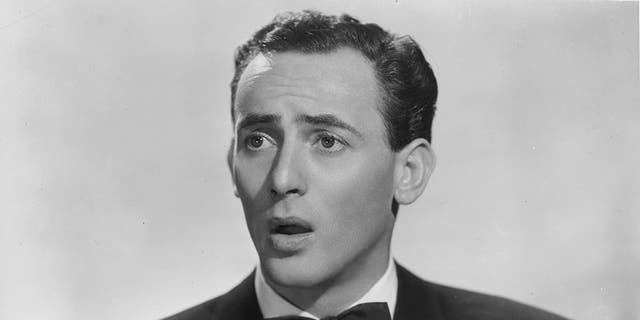
Interviewed for Susannah Gora's 2010 book You Couldn't Ignore Me If You Tried: The Brat Pack, John Hughes, And Their Impact on a Generation, Blum admitted that he should not have written the article. Before the article ran, they had been regarded as talented individuals after the article, all of them were grouped together and regarded as unprofessional. The "Brat Pack" label, which the actors disliked, stuck for years afterward.

The article mentioned people in several films but focused on Estevez, Lowe, and Nelson, and portrayed those three negatively. When the piece ran, the actors all felt betrayed, especially Estevez. Elmo's Fire crew members did not like Blum and sensed that he was jealous of the actors' success. That night, Blum decided to change the article's focus to an entire group of young actors at the time. It was a typical night out for the group, who had gotten close while filming St. It was originally supposed to be just about Emilio Estevez, but one night, Estevez invited Blum to hang out with him, Rob Lowe, Judd Nelson, and others at the Hard Rock Cafe. Article ĭavid Blum's New York story, titled "Hollywood's Brat Pack", ran on June 10, 1985. Through frequent collaborative work, the actor Harry Dean Stanton, then in his late 50s, became a mentor for the group of young actors. In her autobiography, Melissa Gilbert connects herself with the Brat Pack, as her social life centered on Estevez and Lowe (to each of whom she was engaged at different times). Other actors who have been linked with the group include Kevin Bacon, Matthew Broderick, Jon Cryer, brother-and-sister John Cusack and Joan Cusack, Jami Gertz, Mary Stuart Masterson, Sean Penn, Kiefer Sutherland, and Lea Thompson. have also been considered members, and performed alongside other Brat Packers: both of them with Andrew McCarthy in Less Than Zero Spader with McCarthy in Mannequin and with McCarthy and Molly Ringwald in Pretty in Pink and Downey with Anthony Michael Hall ( Weird Science and Johnny Be Good and the cast of Saturday Night Live) and with Molly Ringwald ( The Pick-up Artist). Charlie Sheen appears in several lists – more for his family relationship to Brat Pack leader Emilio Estevez and his partying than for his collaborative film work with other members. Thomas Howell, Matt Dillon, Patrick Swayze, and Ralph Macchio, none of whom starred in any other 1980s movies with any "core" Brat Packers, besides Patrick Swayze. For example, most of the cast members of The Outsiders were mentioned, including Tom Cruise, C.

The initial New York article covered a group of actors larger, or more inclusive, than the currently understood meaning of the term "Brat Pack". I don't think I've seen any of these people since we finished St. In 1999, McCarthy said he was never a member of the group: "The media made up this sort of tribe. Estevez was cited as the "unofficial president" of the Brat Pack.

With this criterion, the most commonly cited members include: Ībsent from most lists is Mare Winningham, the only principal member of either cast who never starred in any other films with any other cast members. Elmo's Fire is often considered the prerequisite for being a core Brat Pack member. However, an appearance in one or both of the ensemble casts of John Hughes' The Breakfast Club and Joel Schumacher's St. The group has been characterized by the partying of members such as Robert Downey Jr., Estevez, Lowe, and Nelson. David Blum wrote the article after witnessing several young actors (Emilio Estevez, Rob Lowe, and Judd Nelson) being mobbed by groupies at Los Angeles' Hard Rock Cafe. The term "Brat Pack", a play on the Rat Pack from the 1950s and 1960s, was first popularized in a 1985 New York magazine cover story, which described a group of highly successful film stars in their early twenties.


 0 kommentar(er)
0 kommentar(er)
